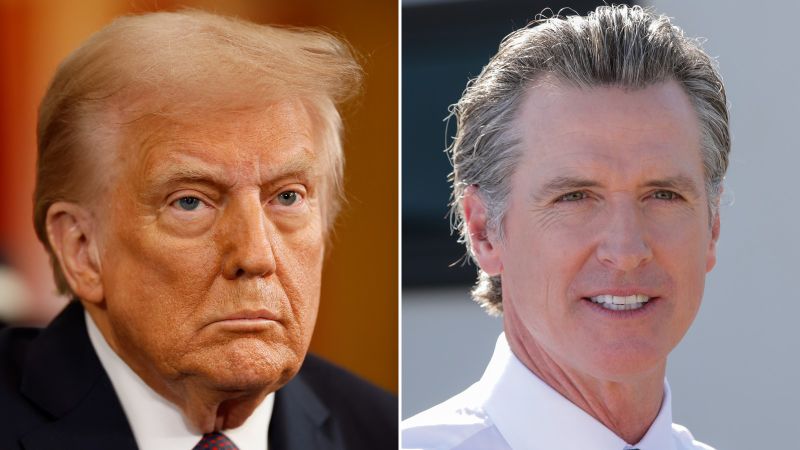Flames and Politics Collide: Newsom and Trump's Long-Distance Showdown Amid LA Wildfire Crisis

In a strategic move of political anticipation, Governor Gavin Newsom's top advisers have been meticulously combing through the social media profiles of White House advance team members this week. Their goal: to glean potential insights into President Donald Trump's upcoming visit to Los Angeles on Friday afternoon, where he is expected to discuss the devastating wildfire damage that has recently plagued California.
The careful digital surveillance reflects the high-stakes nature of the presidential visit, with Newsom's team seeking to understand every possible nuance of Trump's potential approach and messaging surrounding the state's ongoing environmental crisis. By tracking the digital footprints of advance staffers, they hope to gain a strategic advantage in preparing for this critical meeting and managing potential political dynamics.

